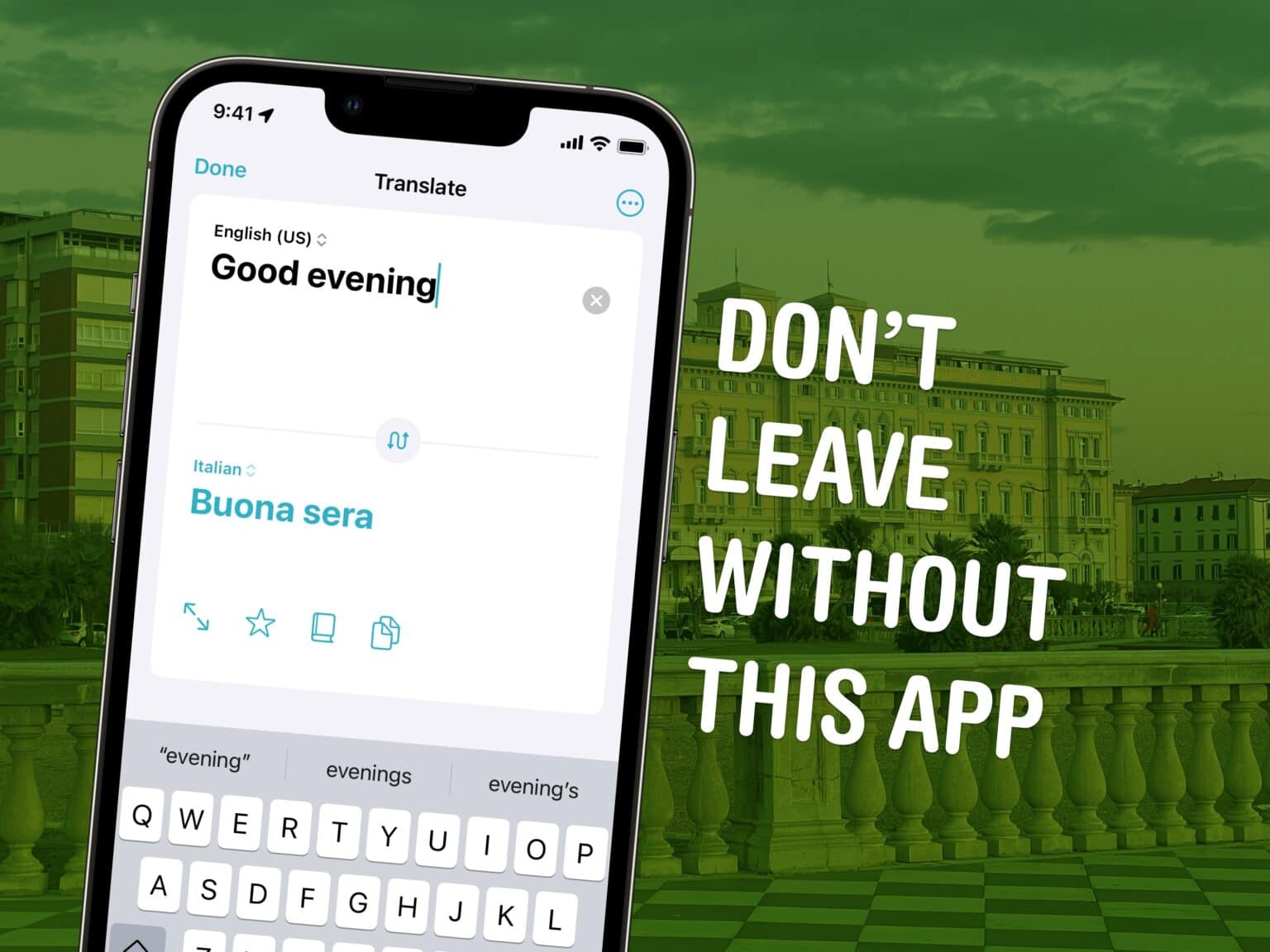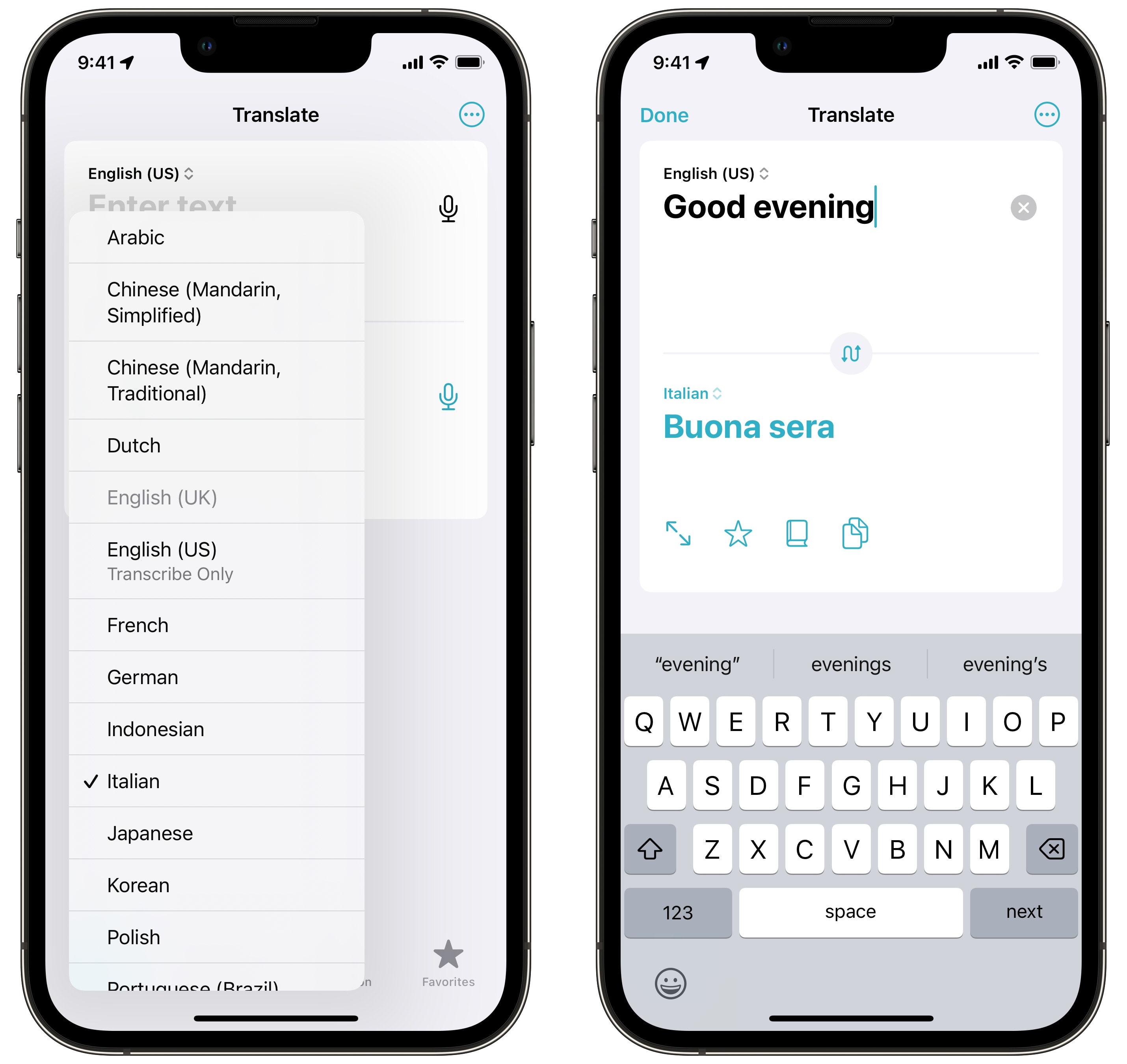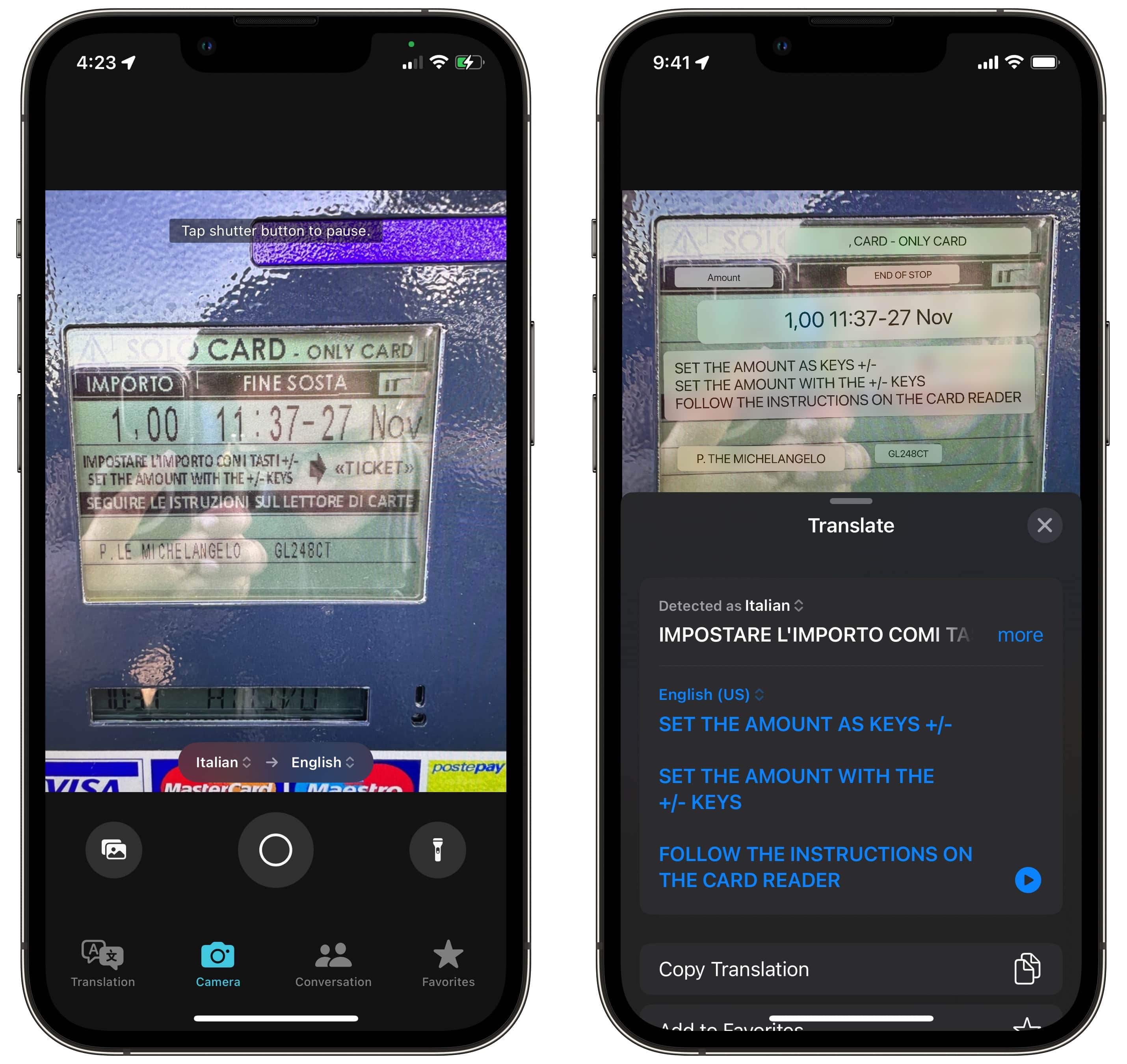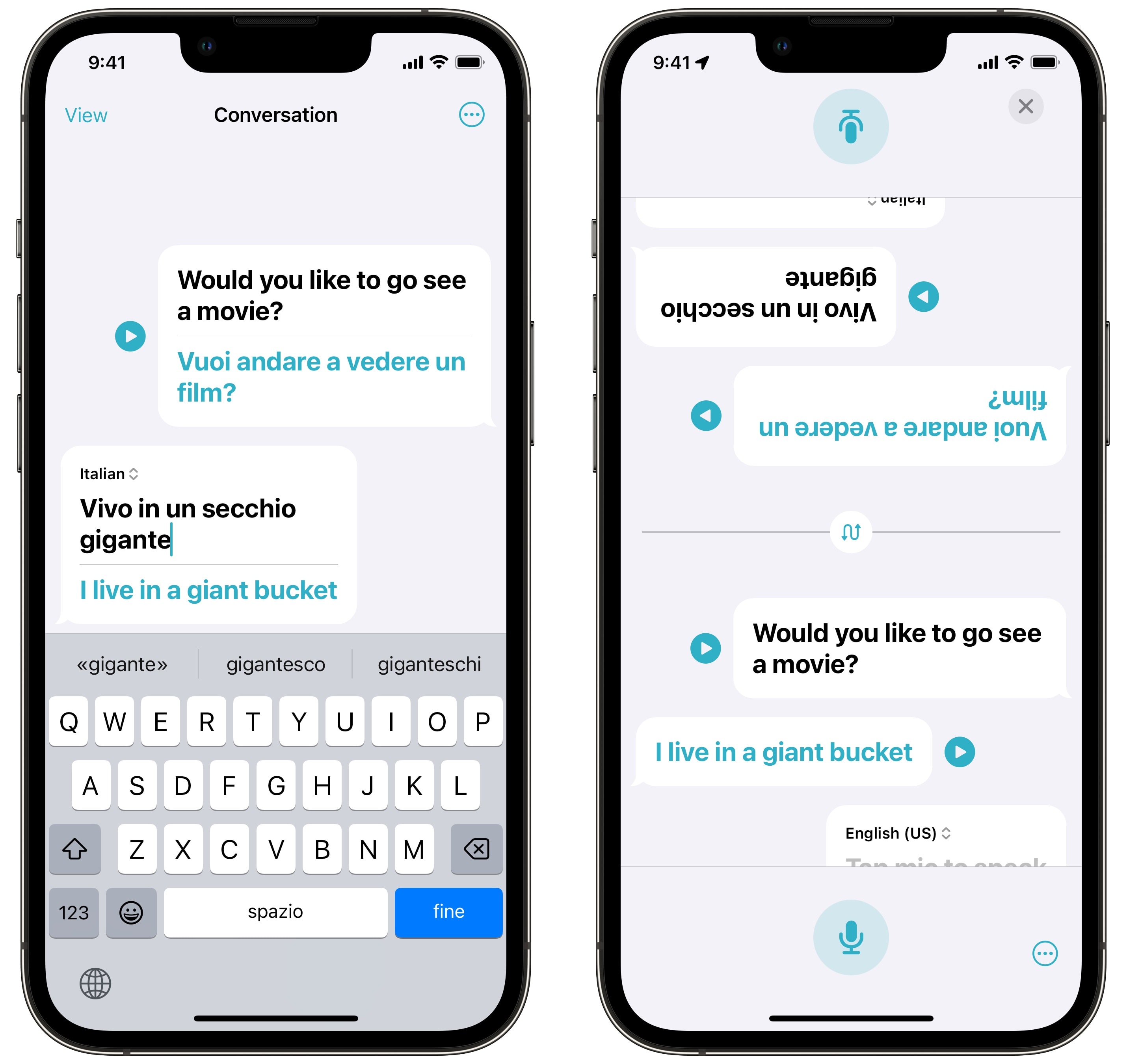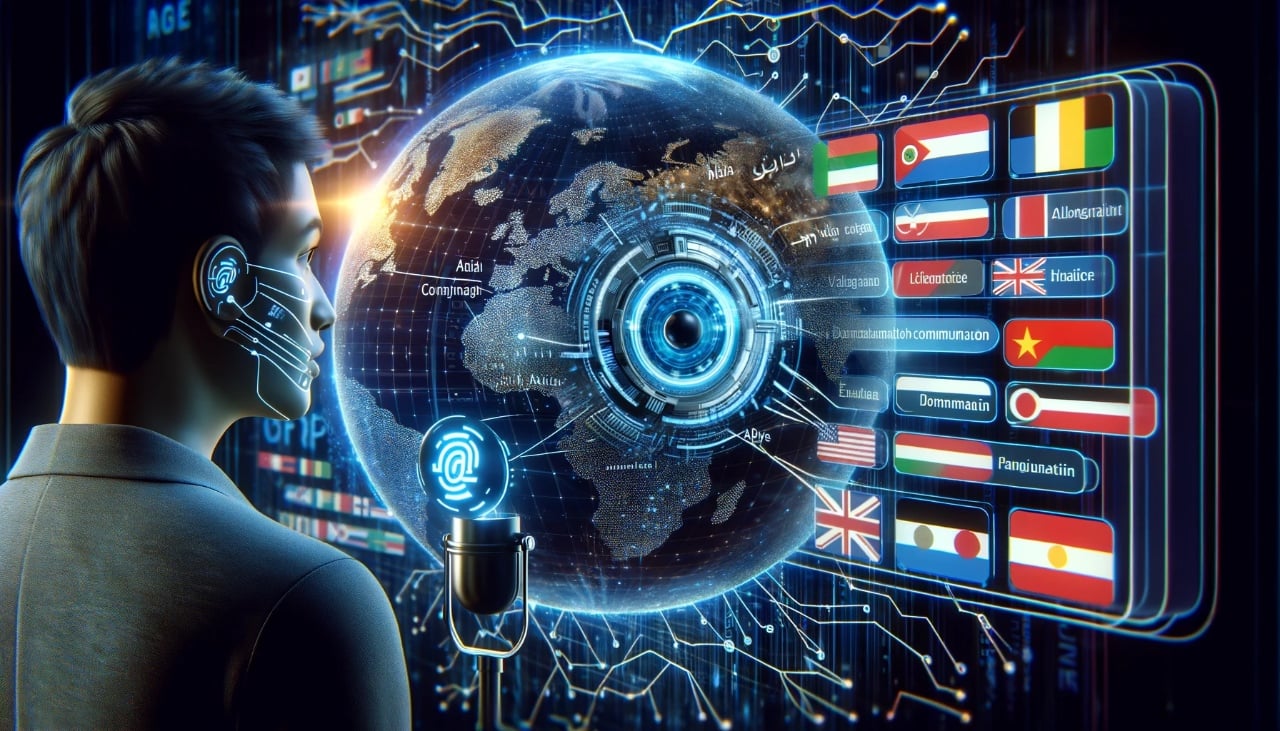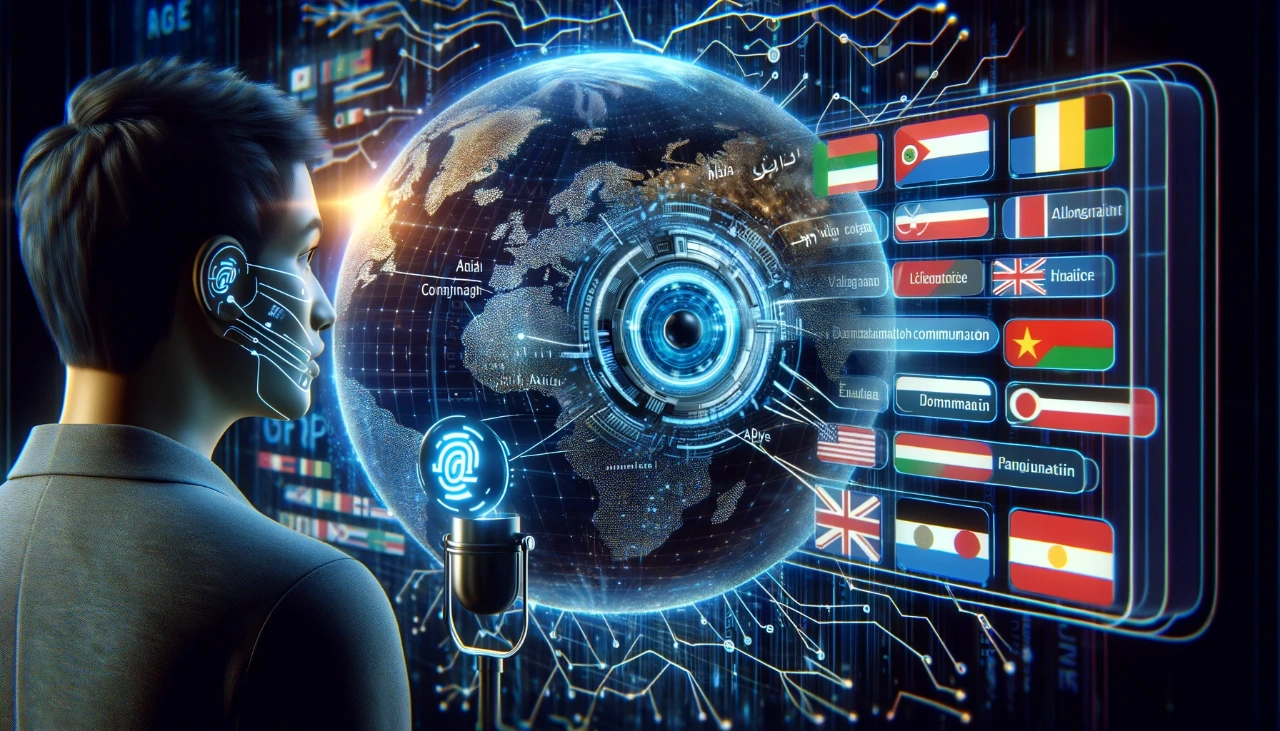[ad_1]
Samsung is expanding the availability of OneUI 6.1 to multiple devices across the Galaxy ecosystem. With the latest roll out, AI features that had been exclusive to the Galaxy S24 series will find a home on the best Samsung phones and tablets from 2023.
The full list of supported devices includes the entire Galaxy S23 family, with the mid-range Galaxy S23 FE, the Galaxy Z Fold 5, Galaxy Z Flip 5, and the Galaxy Tab S9 series.
The update will encompass multiple tools to help people tackle a variety of tasks. Chief among these is Circle to Search. Made in collaboration with Google, this AI tool lets you learn about a subject on screen either by circling what you see. Doing so brings up Google Search results on that subject down at the bottom.
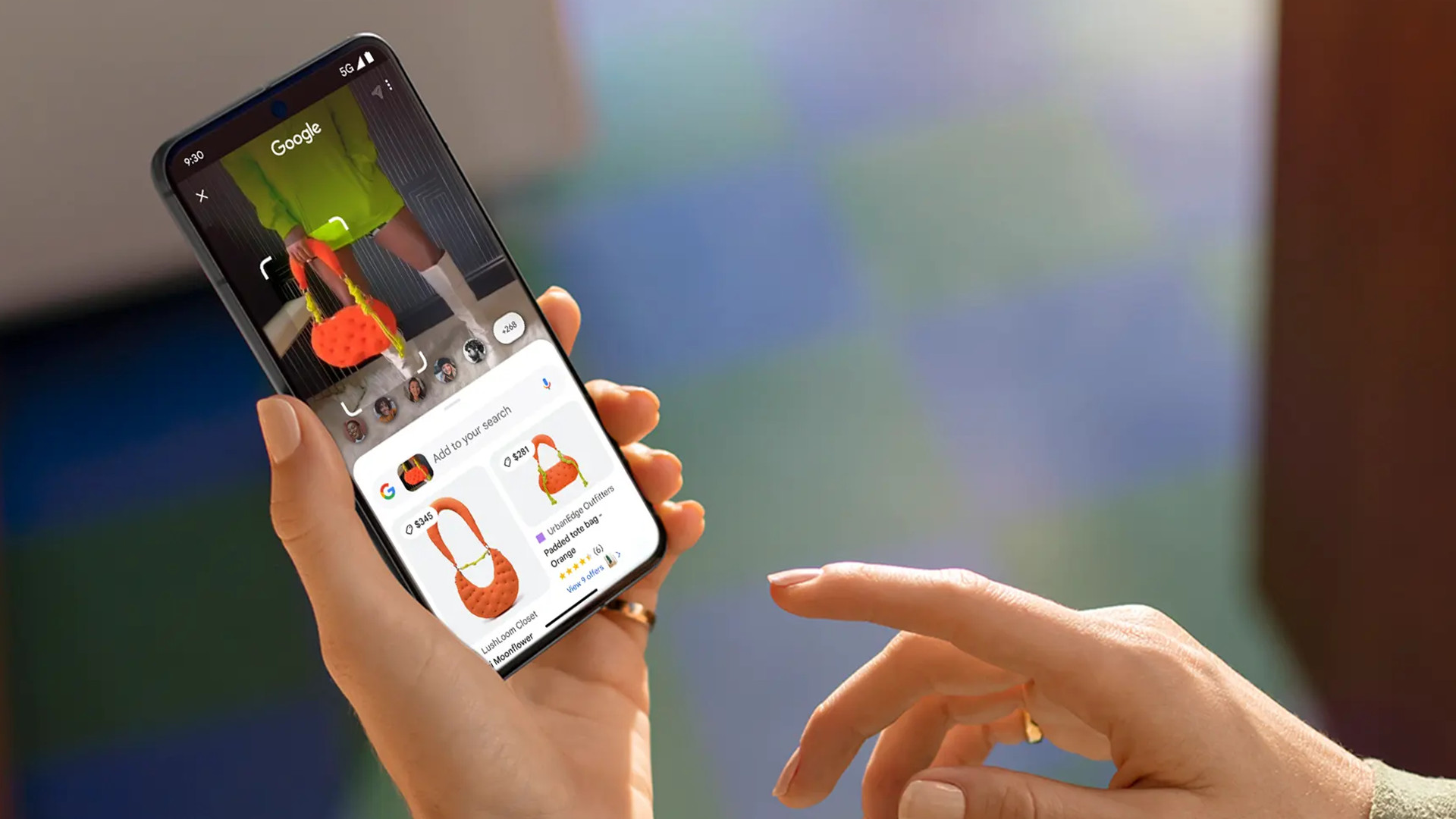
Real-time translation
The OneUI 6.1 update also includes Live Translate. Live Translate “allows for two-way text and voice translation … in real time”. You can use the Live Translate feature with a phone call, and your Galaxy device will be able to play back only the translation, giving you the closing thing you’ll find to a Star Trek universal translator.
The third major feature is Chat Assist. Samsung’s Chat Assist is part of the Samsung Keyboard, and it can offer suggestions to improve your messages. It will mostly offer stylistic changes with help from generative AI to create new styles, like a more professional or a more emoji-filled message. It will also clean up your spelling and grammar while it’s making these changes.
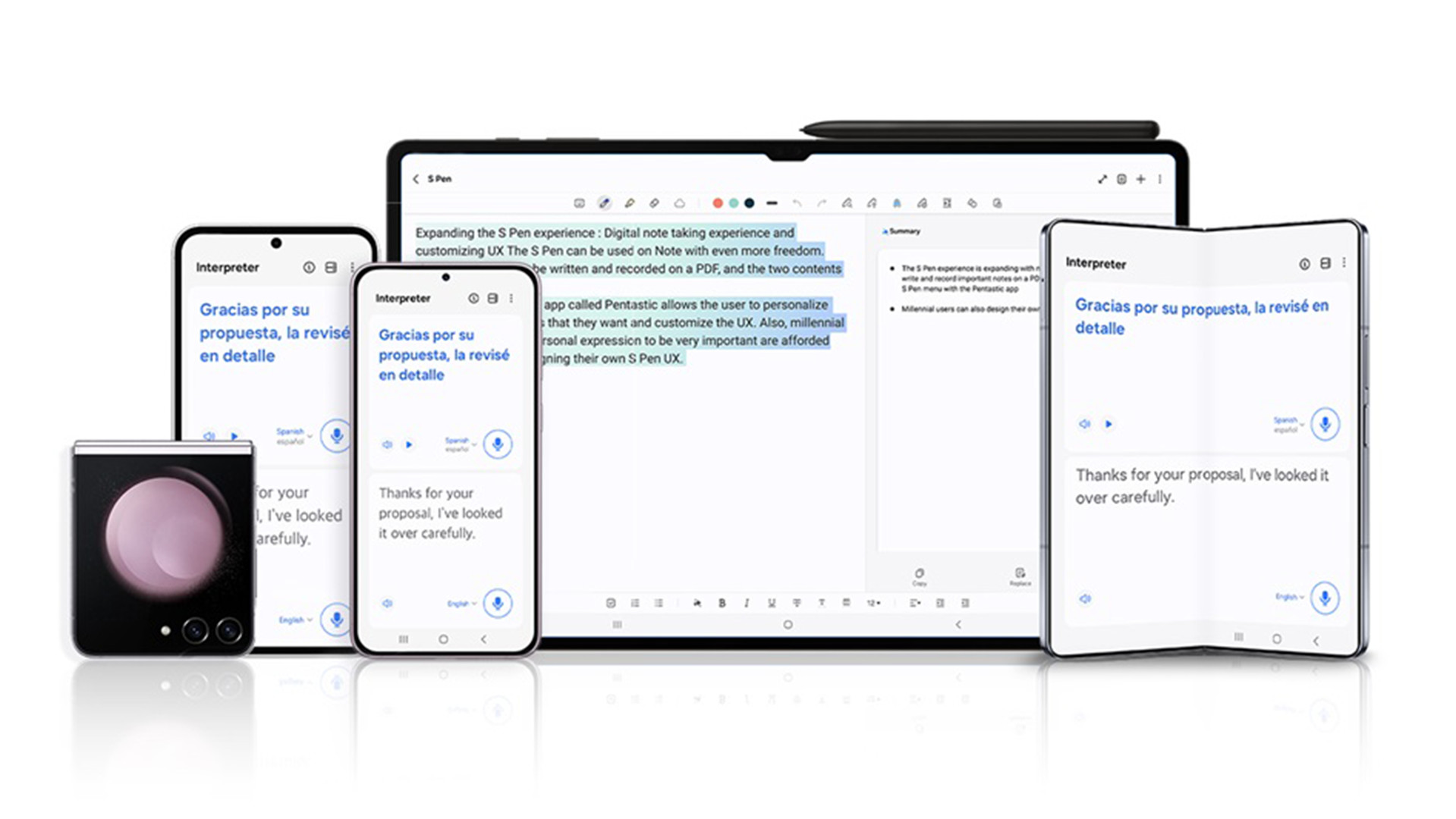
Finally, we have Generative Edit for images. Generative Edit can change images significantly, adding or changing the background, or removing pieces entirely. You can move and resize parts of the image, and Generative Edit will create new pieces to fill in gaps as necessary. The feature is very similar to Google’s Magic Editor in Google Photos on the Pixel phones, but isn’t exactly the same.
It’s important to mention there are other features coming with One UI 6.1, although it’s unknown if the likes of Browsing Assist or Edit Suggestions will be present. The former can create “comprehensive summaries of news articles” while the latter offers advice on how to beautify photos. Once our phones are updated, we’ll know for sure.
Availability
Keep an eye out for the update as it’ll be releasing soon. Roll out begins Thursday, March 28. There is a way to try out the new features before you download. First, head over to the official Try Galaxy page, then install the app. You’ll be given an on-device demo of the Galaxy S24 UI where you can see the AI features in action.
There is a chance OneUI 6.1 will come to the Galaxy S22 series. At a recent shareholder meeting, TM Roh, President and Head of MX Business at Samsung, teased the “AI features could be coming to older Galaxy phones”, however nothing is set in stone at the moment.
Be sure to check out TechRadar’s roundup of the best Samsung phones for 2024 if you’re looking to make the jump.
You might also like
[ad_2]
Source Article Link



